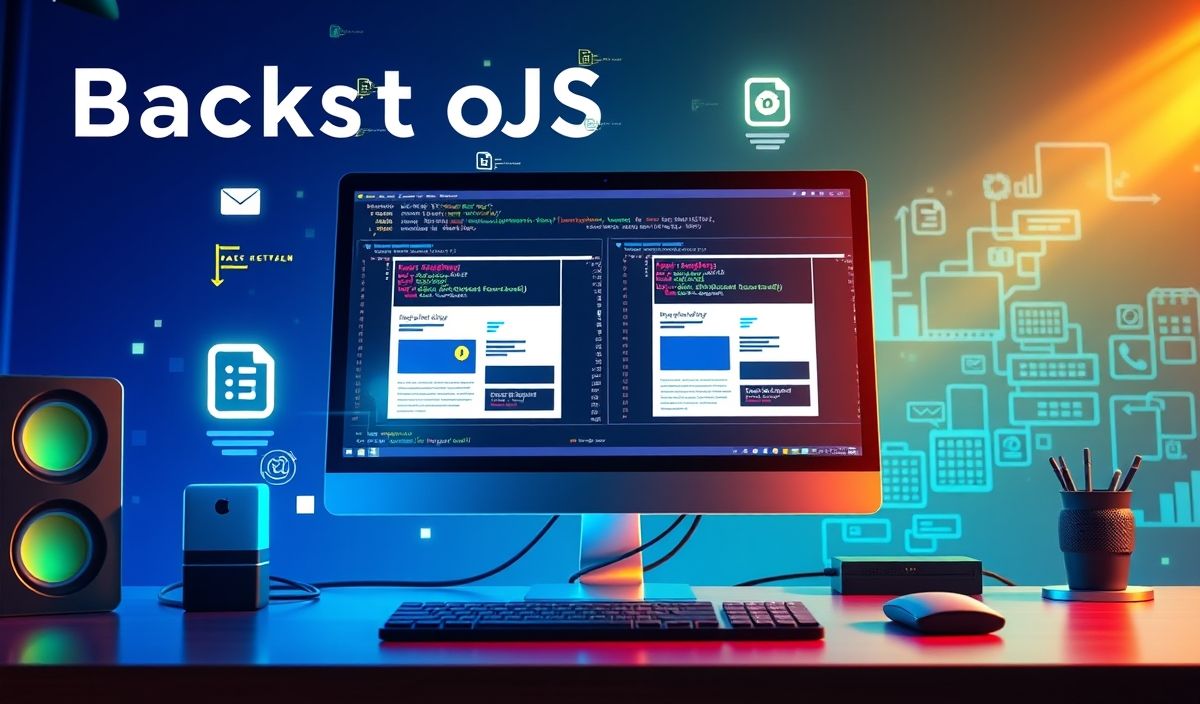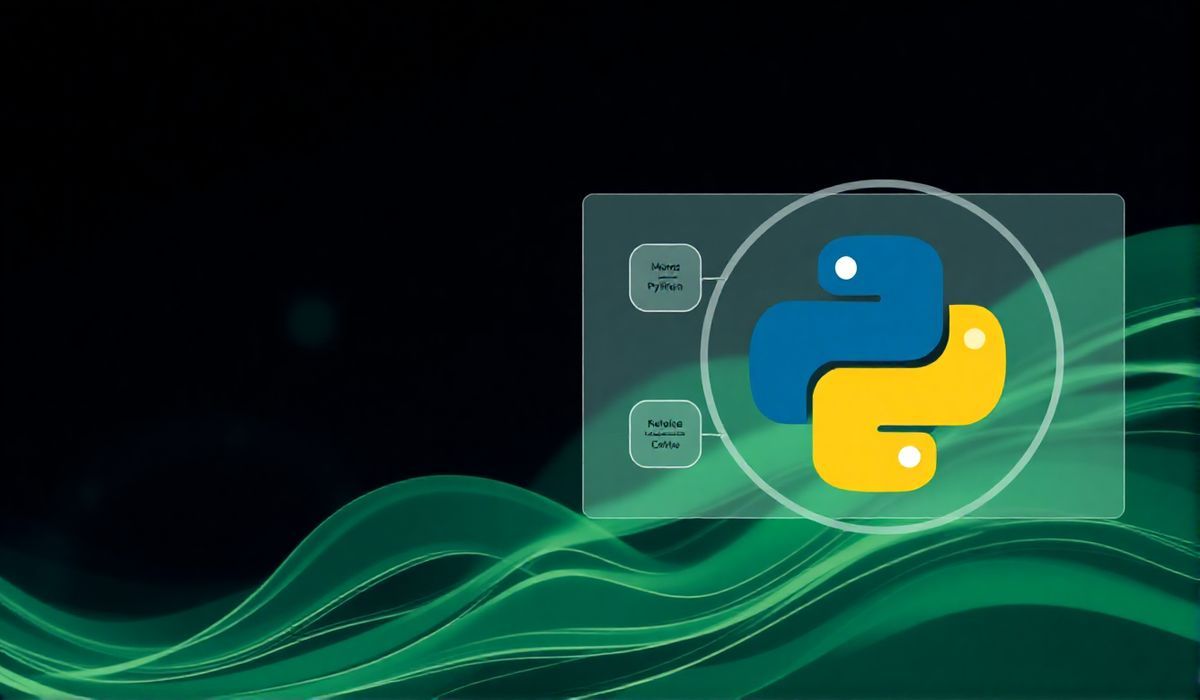Introduction to BackstopJS
BackstopJS is an essential tool designed for visual regression testing. It helps you verify the integrity of your web interface by comparing your web pages’ appearance over time and providing a straightforward way to catch visual discrepancies.
Key Features and APIs of BackstopJS
BackstopJS comes with a plethora of APIs and features designed to make visual regression testing easier and more effective. Below are some of the most commonly used APIs and code examples to get you started:
1. Setting Up BackstopJS
npm install -g backstopjs
backstop init
This code sets up BackstopJS and initializes the configuration file.
2. Capturing Reference Screenshots
backstop reference
This command captures the initial state of your UI, creating reference images for comparison.
3. Running Tests
backstop test
This command compares your current UI against the reference images and highlights any visual differences.
4. Creating a Custom Configuration
// backstop.json
{
"id": "your_project_id",
"viewports": [
{
"label": "desktop",
"width": 1920,
"height": 1080
},
{
"label": "tablet",
"width": 1024,
"height": 768
}
],
"scenarios": [
{
"label": "Homepage",
"url": "http://localhost:3000",
"selectors": ["document"]
}
],
"paths": {
"bitmaps_reference": "backstop_data/bitmaps_reference",
"bitmaps_test": "backstop_data/bitmaps_test",
"engine_scripts": "backstop_data/engine_scripts",
"html_report": "backstop_data/html_report",
"ci_report": "backstop_data/ci_report"
},
"report": ["browser", "CI"],
"engine": "puppeteer",
"engineOptions": {
"args": ["--no-sandbox"]
}
}
The above configuration defines different viewports and scenarios to test your application against.
BackstopJS App Example
Let’s create a simple Express.js application and integrate BackstopJS for visual regression testing.
1. Setting Up Express.js
npm init -y
npm install express
Initialize your Express.js project and install the necessary dependencies.
2. Creating the Server
const express = require('express');
const app = express();
app.get('/', (req, res) => {
res.send('Hello, BackstopJS!
');
});
app.listen(3000, () => {
console.log('Server running on port 3000');
});
Create a basic server that serves a simple HTML page.
3. Integrating BackstopJS
backstop init
// Edit backstop.json with appropriate configurations
backstop reference
backstop test
Initialize BackstopJS within your project, configure it, and run visual tests to ensure the integrity of your app’s UI.
BackstopJS can save you countless hours by automating visual checks, ensuring your web applications remain visually consistent across updates.
Conclusion
Getting started with BackstopJS is a straightforward process, and its comprehensive set of features makes it an invaluable tool for maintaining the visual integrity of your projects.
Hash: c92fcbda522e425e0f398eed79c01439606b286c6991a6dcdfed9b47565f628e




